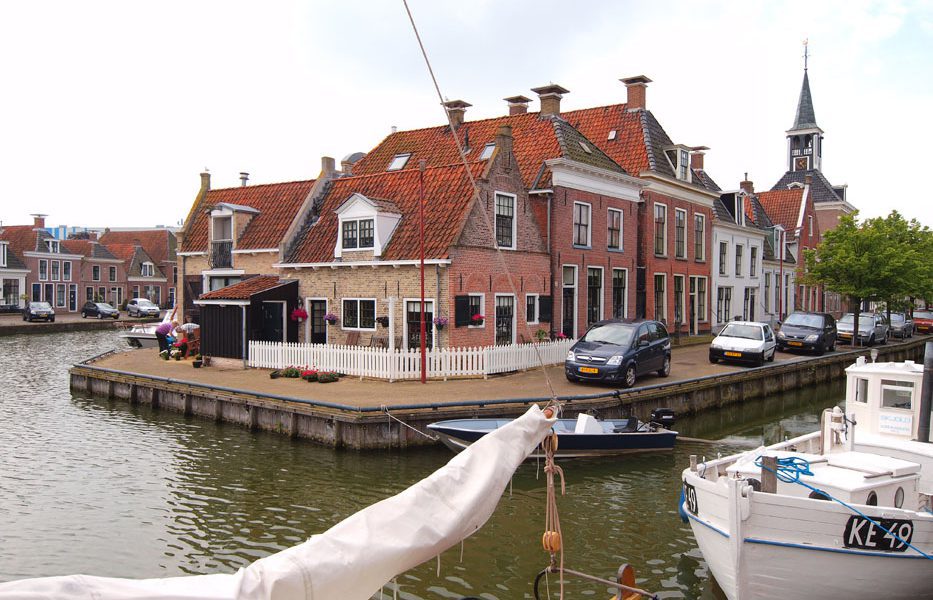Makkum: Holiday at the seaside!
The eldorado for demanding beach lovers, water sports enthusiasts and cyclists
MAKKUM (NL) – Holidaying in the dunes of Ameland without having to use an expensive ferry. Swimming in and surfing on the sea without fear of having no ground under your feet. There are no jellyfish. Sailing with an electric boat through natural wetlands without being harassed by mosquitoes. Enjoy the pleasures of a thatched farmhouse à la Giethoorn without throngs of day trippers in the yard and punt capers in the canal.
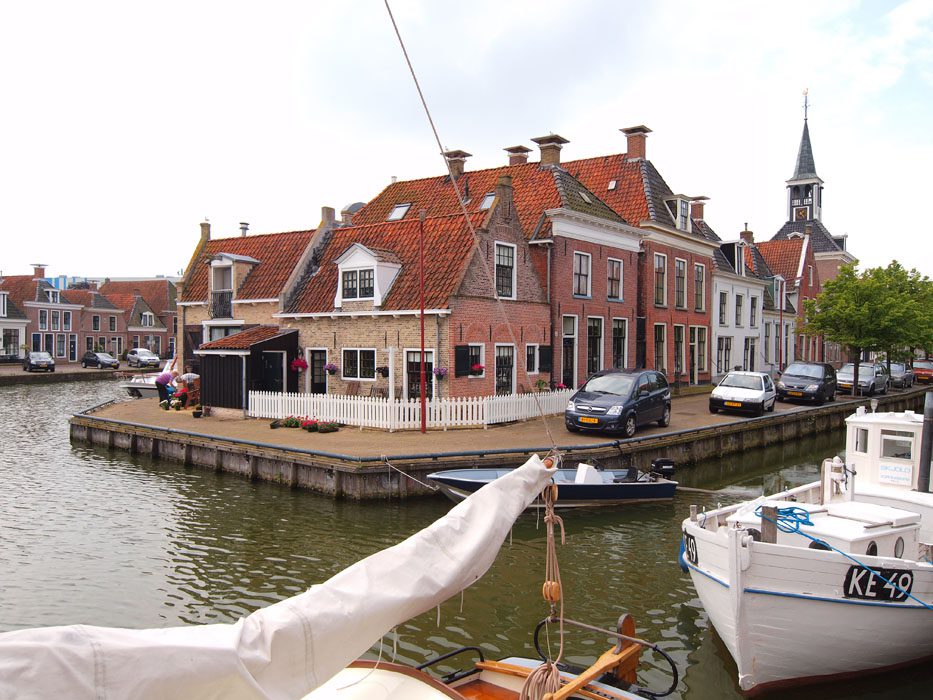
We are located in a villa park that has developed into an amazingly beautiful place: Beach Resort Makkum. Bad Makkum for the German-speakers. 450 Holiday homes amidst new nature, at the IJsselmeer [Lake Yssel]. Always busy, but you don’t see this. It is utterly peaceful and quiet. Where are all the occupants? At the beach, on the boulevard, on the miniature golf course, on the rented bikes in the area. Most are active with recreation. A few are reposing with a good book on the terrace.
There are great houses in the park. Half is for rent. The creating of Beach Resort Makkum was started in 1993. The nature in the park has developed so well that it seems as though it has been there for centuries. Makkum itself is indeed in the midst of various nature conservation areas of the Friese natuurbeschermingsorganisatie It Fryske Gea [Nature Conservancy Organisation] with expansive water birds reserves in the surrounds.
Very international
Half of the patronage of the Friesian ‘Abu Dhabi’ — the accommodation and tourist facilities have been built on new beach sand — hails from the Netherlands, the other half from Germany and Belgium. Belgians usually flocked to holiday parks in the province of Zeeland, but since the first holidaymakers discovered Makkumerstrand [Makkum Beach], many others have followed in their footsteps.
Much more than sea and beach
The fun part of Makkum is that this place offers more than sand and sea, the former tempestuous Zuiderzee is now the inviting freshwater IJsselmeer. You can safely sail and cycle and experience the atmosphere of the past in the old fishing harbour. Certainly more than worth the effort is a visit to the romantic villages in the triangle formed by Makkum, Bolsward an Workum which are within sailing and cycling distance. Bolsward and Workum form part of the Friese Elfsteden (Frisian eleven cities ice skating route).
Also recommended is a trip over the Afsluitdijk [dam with causeway] for a day at the North Sea. The Afsluitdijk, constructed in 1932, is the dam between the salty Wadden Sea (a UNESCO World Heritage site since 2009) and the freshwater and recreation water reservoir, the IJsselmeer.
Makkum also has wellness and beautifying facilities. It is the multiplicity of holiday homes and leisure facilities and the many options for recreation in the immediate vicinity that annually attracts thousands of holidaymakers to the luxury holiday village at the IJsselmeer.
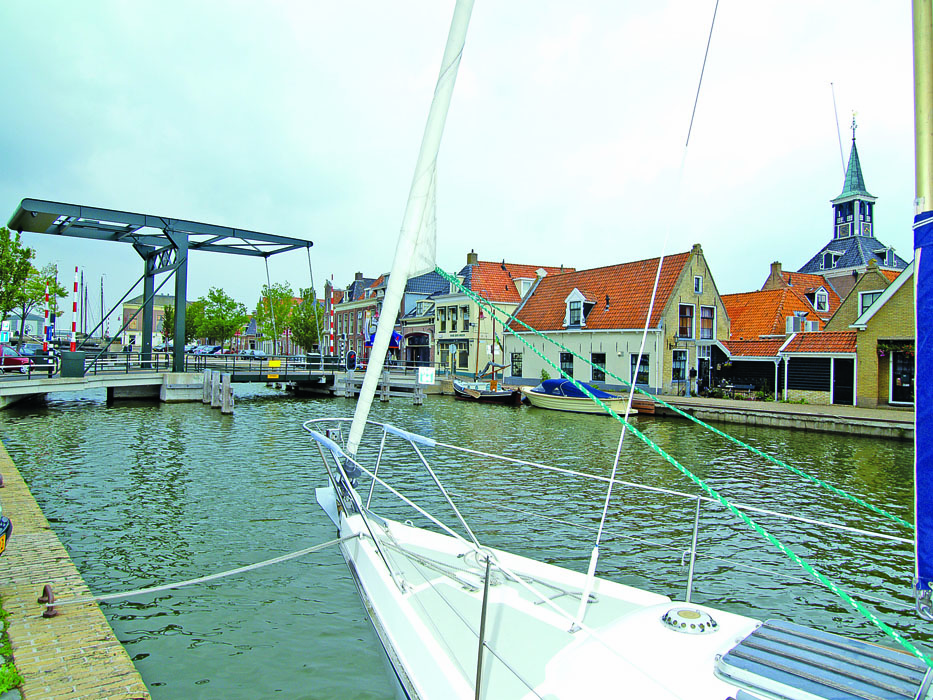
In the Middle Ages Makkum had a port open to the Zuiderzee: two locks, the property of a nearby monastery. In the 17th and 18th century, Makkum was an important manufacturing and trading centre with brickworks, tile bakeries (Koninklijke Tichelaar), wood, oil, paper and hulling mills, shipyards and shell lime kilns. The shell lime kilns, which employed many workers, made a great contribution to the prosperity of Makkum. The mortar was of high quality and was, among other things, also used in the construction of houses in the at time flourishing city of Amsterdam. The transport of the raw material and the finished products was done by ship and as a consequence of this, shipping and shipbuilding prospered. Shell fishing was of major importance as an addition to the regular fishing industry. With the silting up of the Zuiderzee in the 19th century, Makkum entered a difficult period: the port of Makkum became unreachable. The industriousness declined markedly. Only shipbuilding and a few pottery factories remained alongside cattle and reed cultivation. In the 20th and 21st century. Makkum developed into a world-renowned centre of yacht building, from small sailing and motor yachts up to so-called super yachts for the rich of this world.
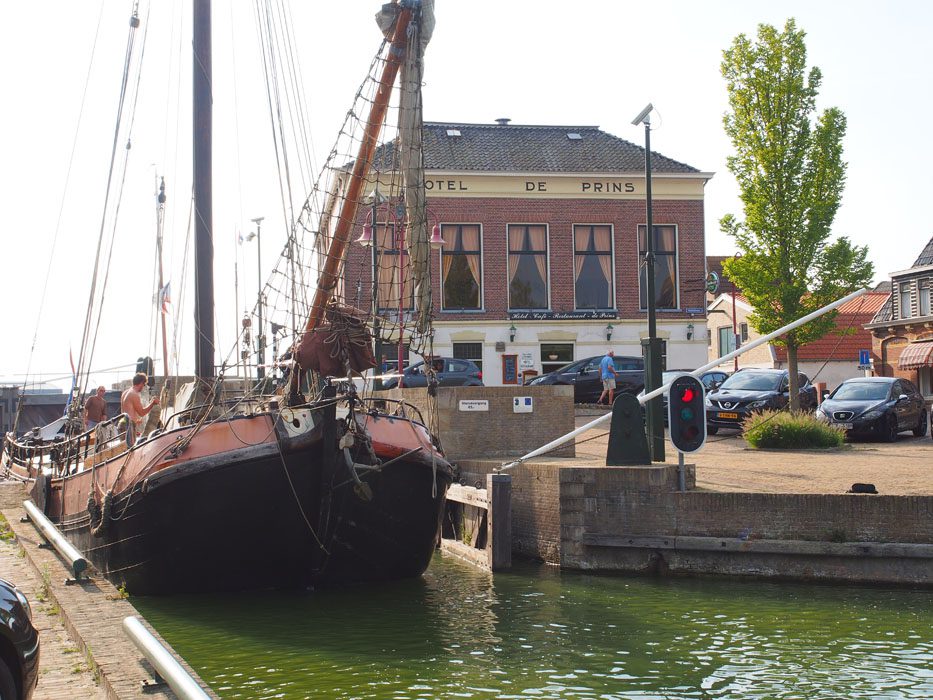
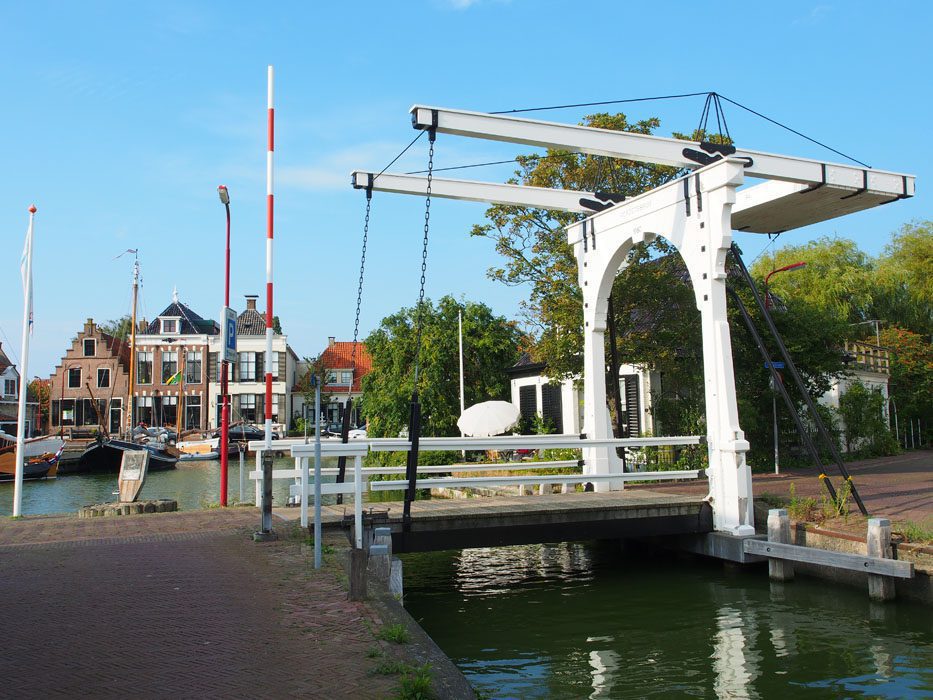
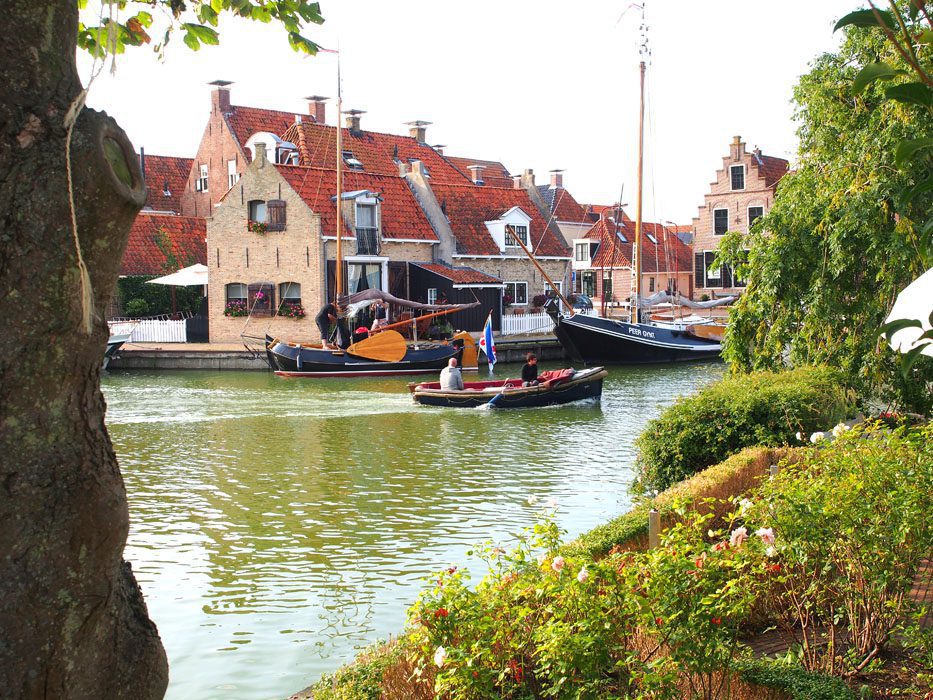
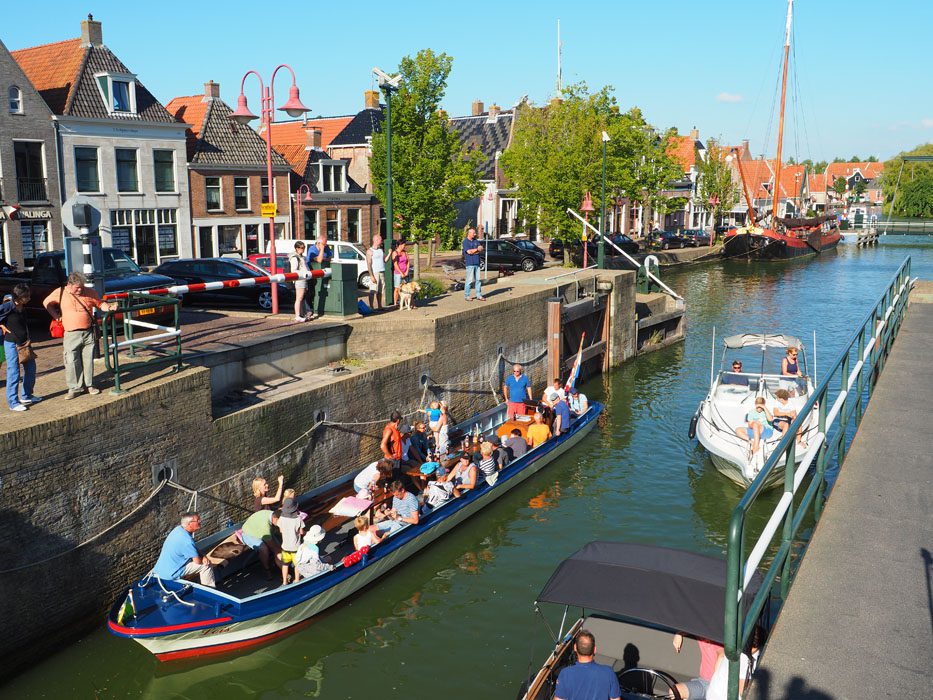
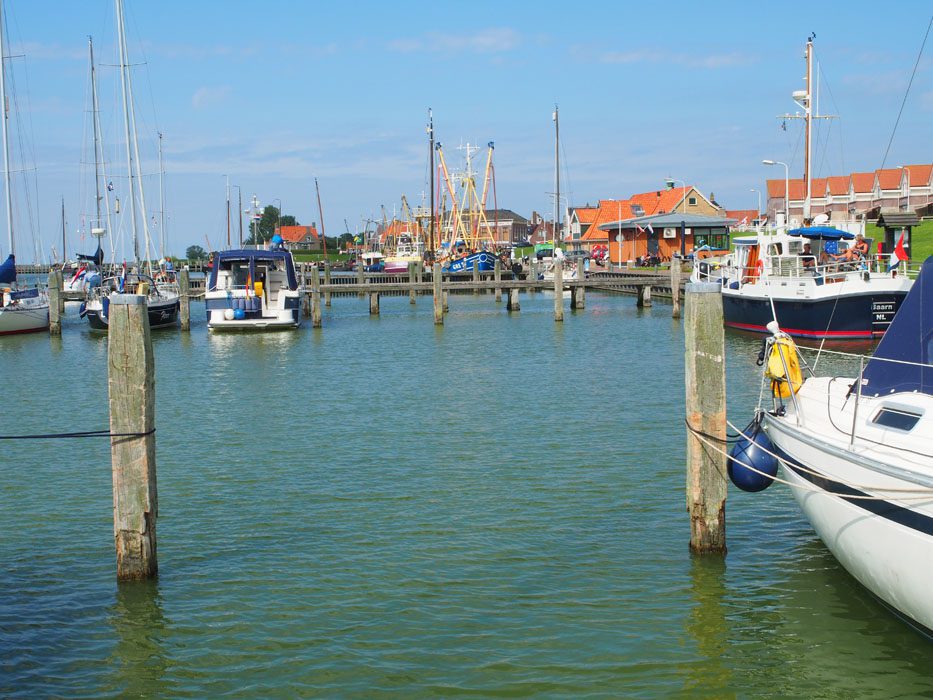
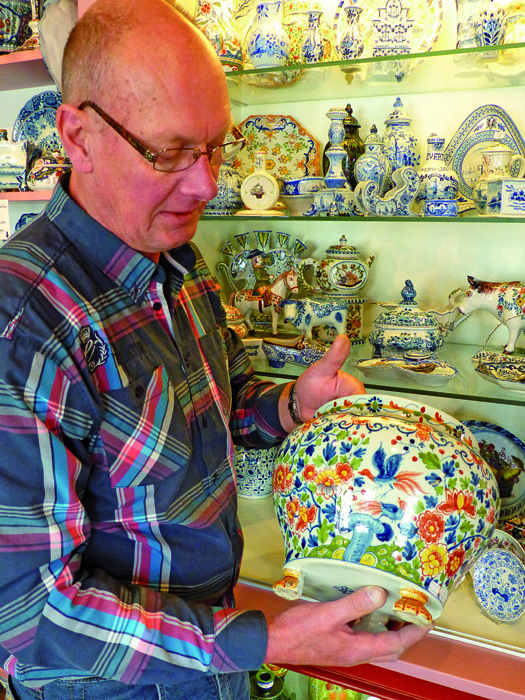
A Spanish map of 1572 shows that there was already a brickworks in Makkum, later called Tichelaar. Tichelaar is an old Dutch word for ‘brick maker’. For a long time the Makkum earthenware factory — since 1960 with the predicate ‘Royal’ — focused on the production of bricks and tiles from Frisian clay. After previous changes in course, the most sweeping took place in 1890: there was started with making luxury handcrafted decorated pottery according to the Majolica technique. In doing so, the company acquired great fame worldwide. On November 1, 2014 the production of this consumer pottery closed down. Now Koninklijke Tichelaar (Royal Tichelaar) is especially active for architects from around the world in converting their designs into durable ceramic floors and wall elements, roof tiles and bricks. The decorative pottery is therefore now becoming a rarity; no new artefacts are being produced. The Frisian art and antiques retailers at the Waagsteeg in Makkum have specialised in the retail and exhibition of the traditional consumer pottery of Tichelaar, for which tourists from throughout the world still travel to Makkum.
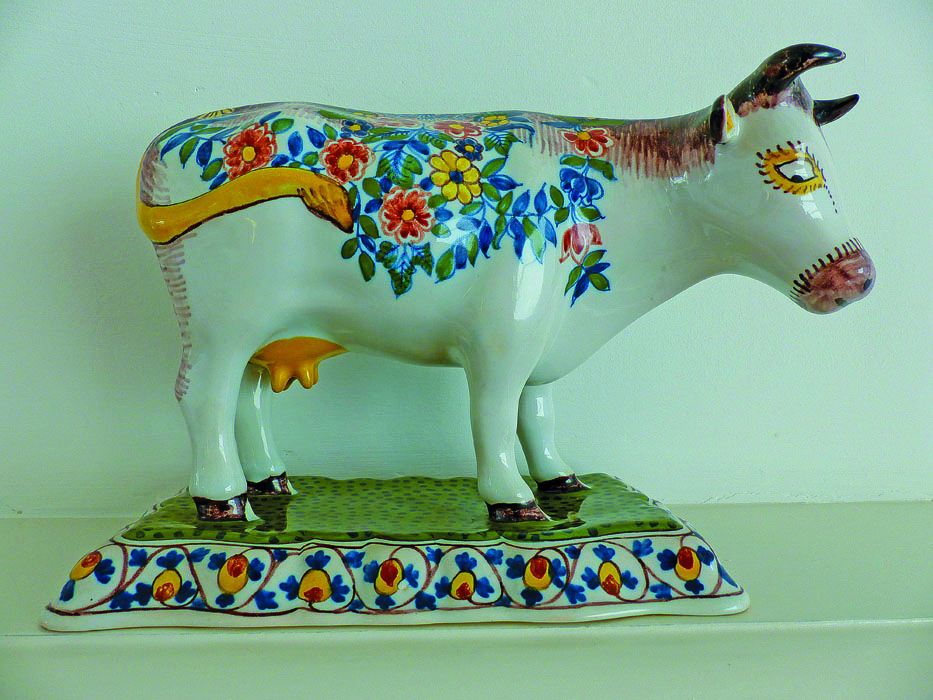
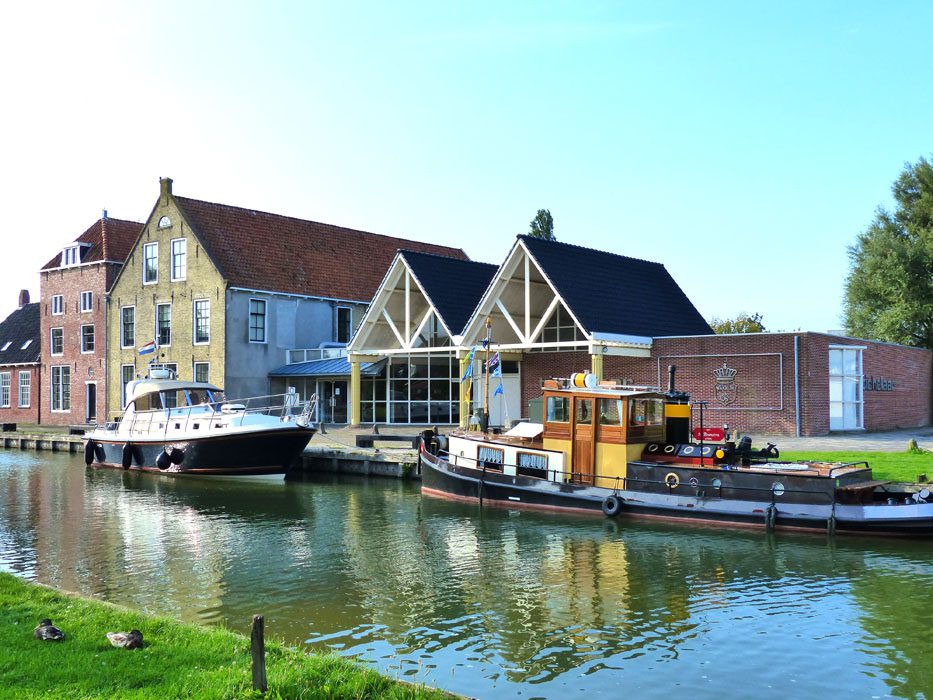
Koninklijke Tichelaar Makkum
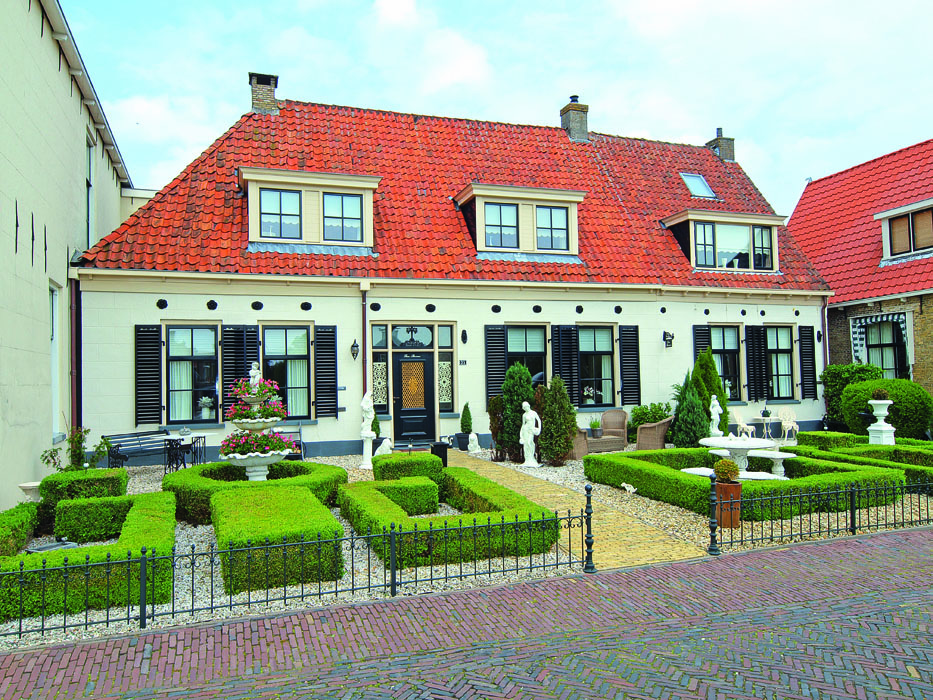
In Makkum (about 4000 inhabitants), the evidences of a rich history is well-represented. It is especially at the lock that there are monumental merchant houses. Of special interest is the pottery of aardewerkfabriek [pottery] Koninklijke Tichelaar Makkum, the oldest company in the Netherlands.
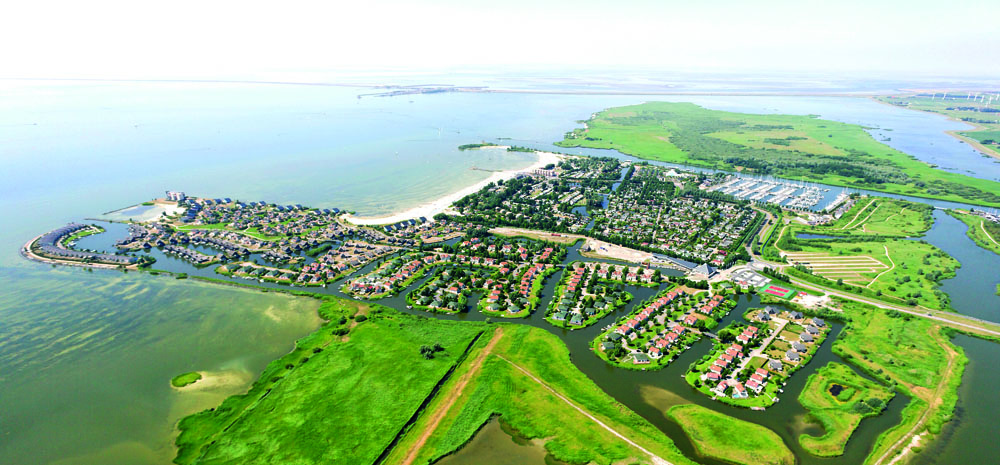
Beach Resort Makkum. Photo: www.makkumbeach.nl
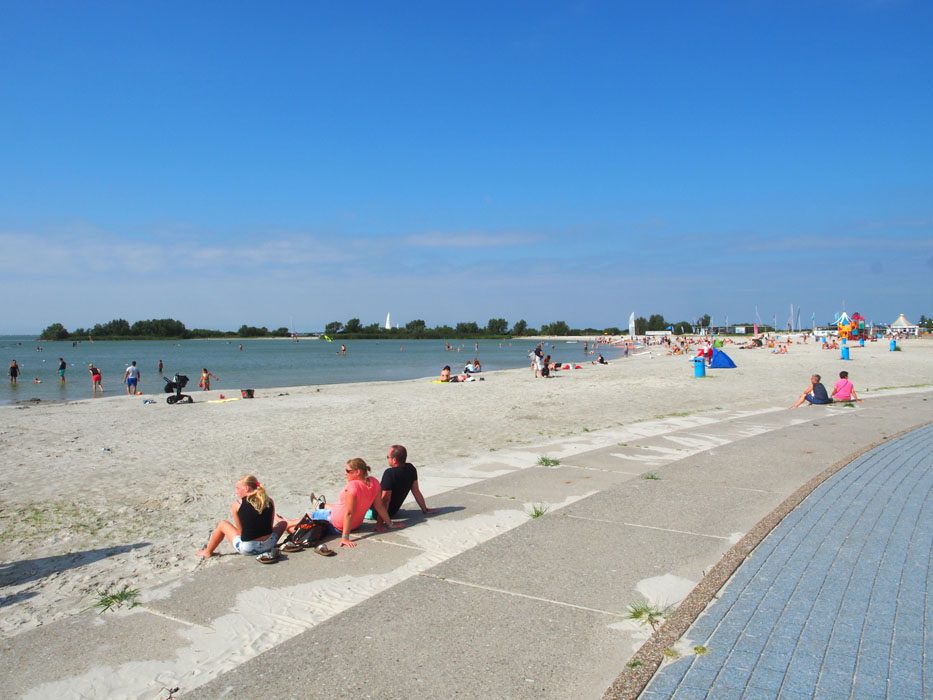
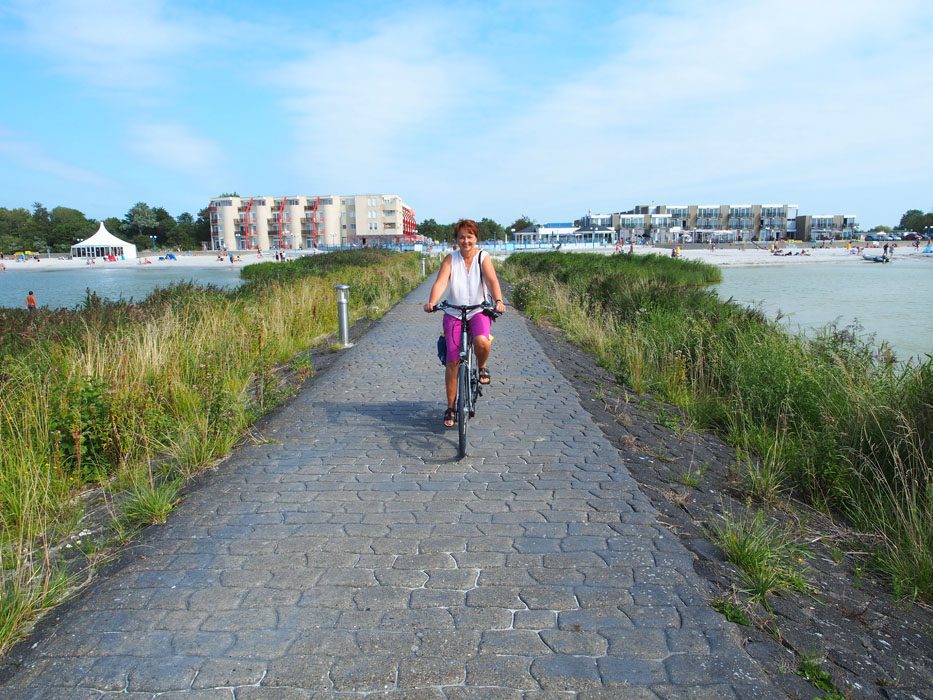
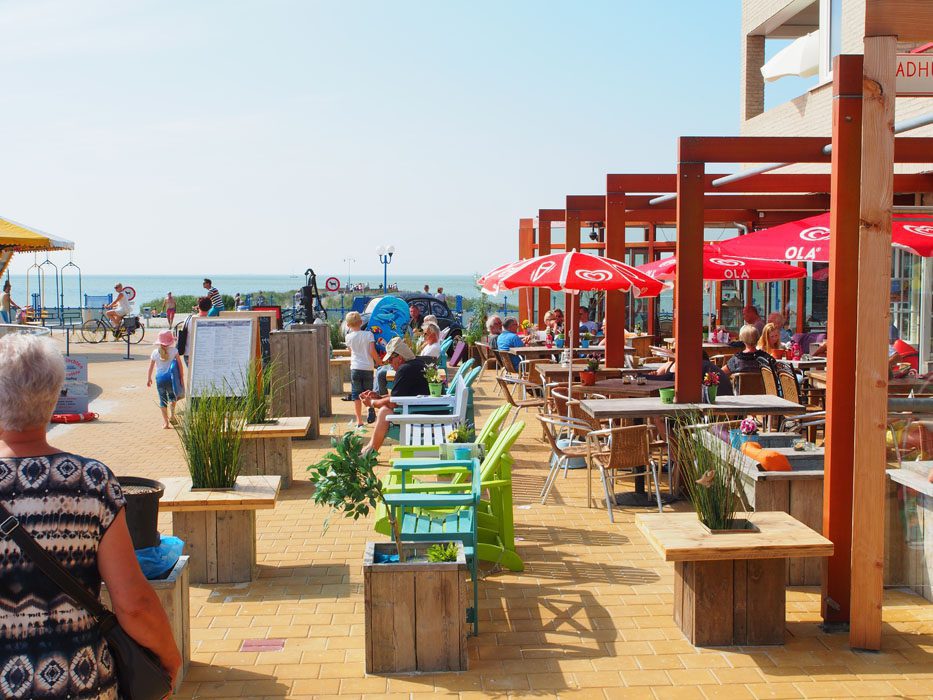
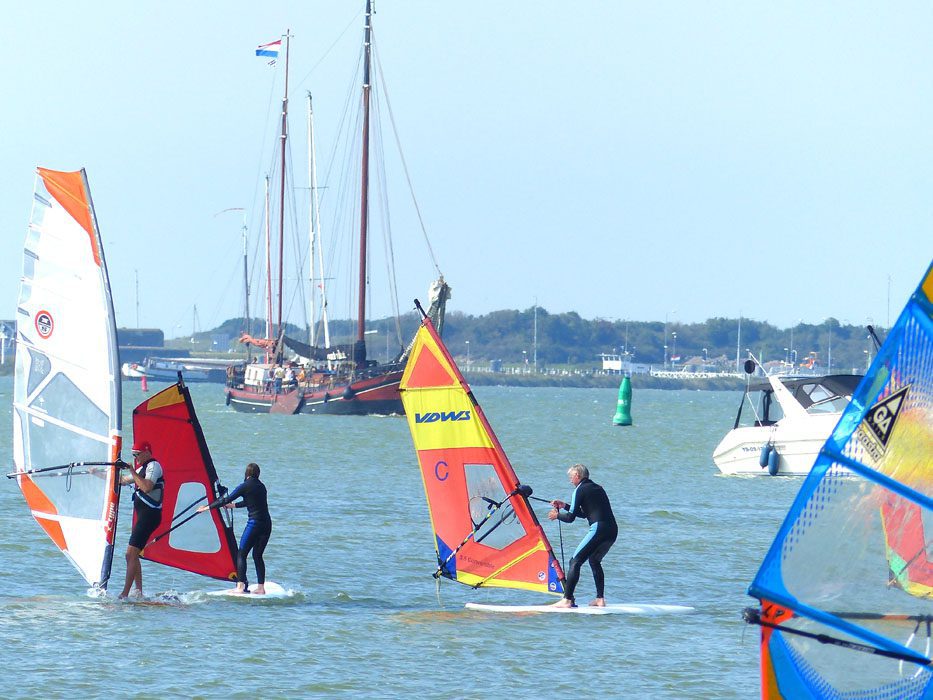
Very popular water sports in Makkum are windsurfing, kite surfing and SUP (Stand Up Paddleboarding). Makkum beach is a prime location, not only for advanced persons (there is almost always wind, also along the Afsluitdijk), but also for beginners. The first 100 metres of the IJsselmeer beach is in fact only 40 cm deep.
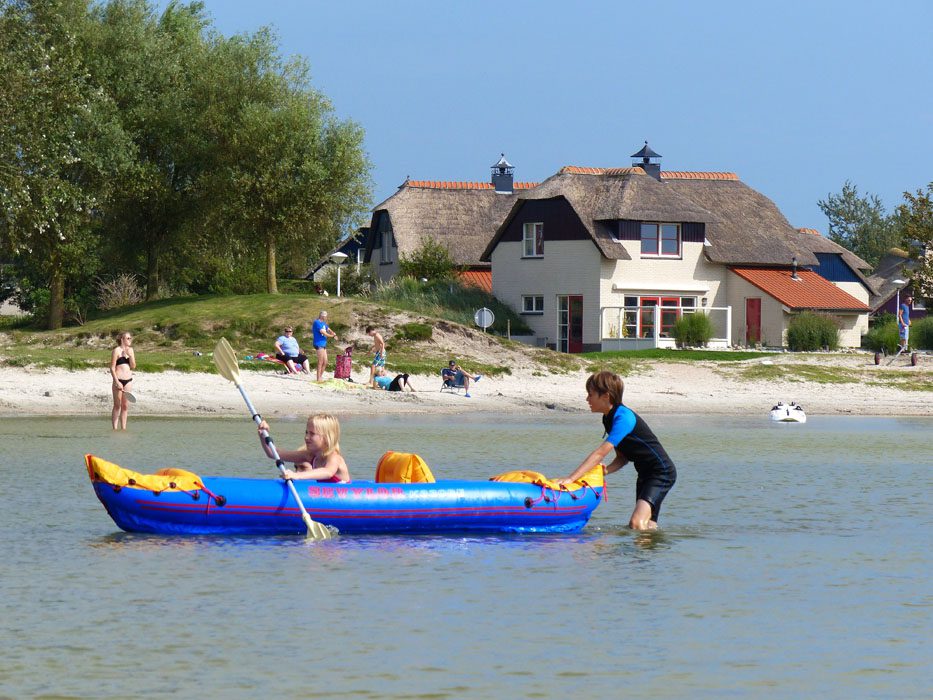
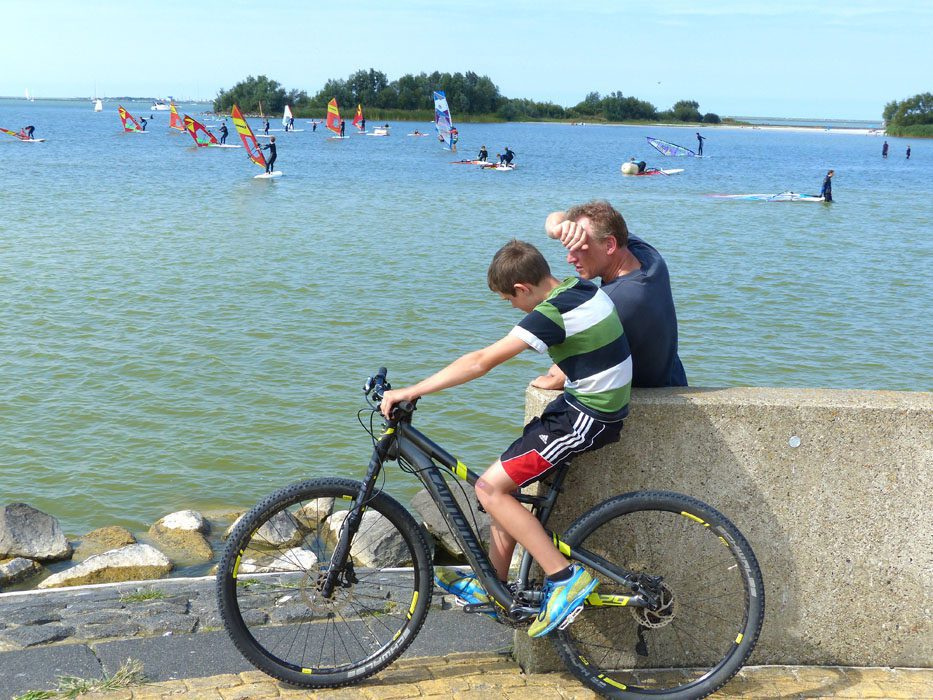
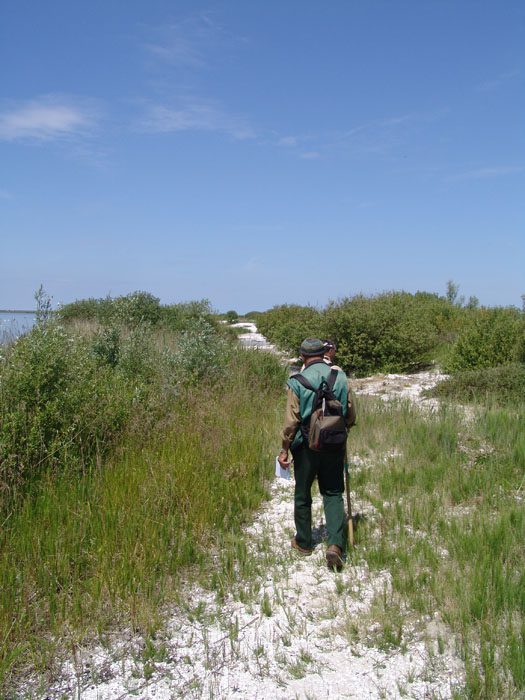
The Makkumernoardwaard is a natural island off the Frisian IJsselmeer coast, north of Makkum. Extensive reedbeds, shell banks, infertile grasslands and willow woods form the landscape. When due to the construction of the Afsluitdijk (1932) Makkum was closed off from the Wadden Sea, the coast changed greatly for Makkum. The salt water became fresh water, the tidal difference lapsed and the water level was lowered. Through this, offshore sandbanks came to lie permanently dry. Gradually, plants could develop on the bare Noardwaard. Birds have also discovered this beautiful area. In recent years, more than 220 different bird species have been sighted, including marsh birds such as bitterns, savi’s warblers, bearded reedlings (tits) and great reed warblers, but also typical wood birds such as the great spotted woodpecker and the goshawk. A walk on this unique island, It Fryske Gea, is most certainly worth the time! It Fryske Gea is the association for nature conservation in Friesland. Its objective is the protection, preservation and development of nature, landscape and cultural-historical heritage in the province of Friesland. The association currently manages more than fifty different nature reserves – with a total area of 20,000 hectares – distributed throughout the entire province. In its work the association is supported by approximately 32,000 members and some 400 volunteers.

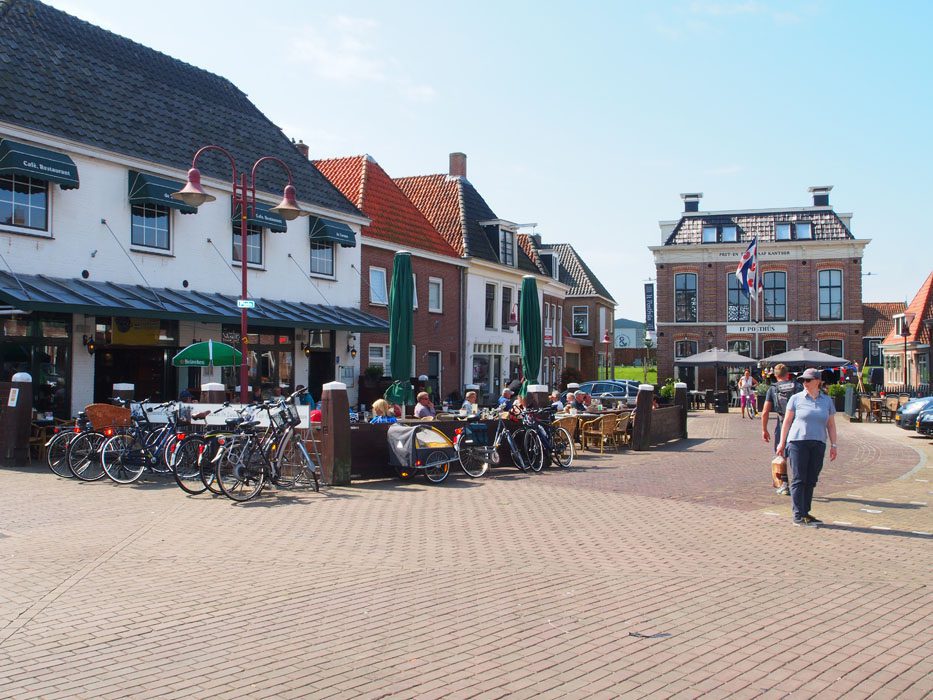
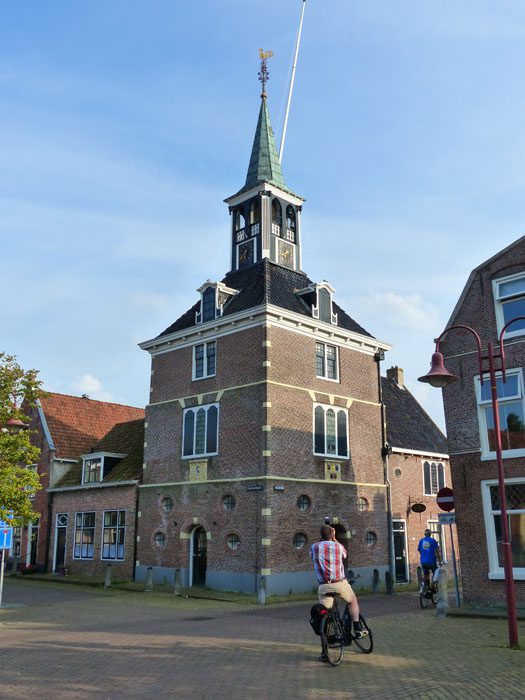
Makkum
